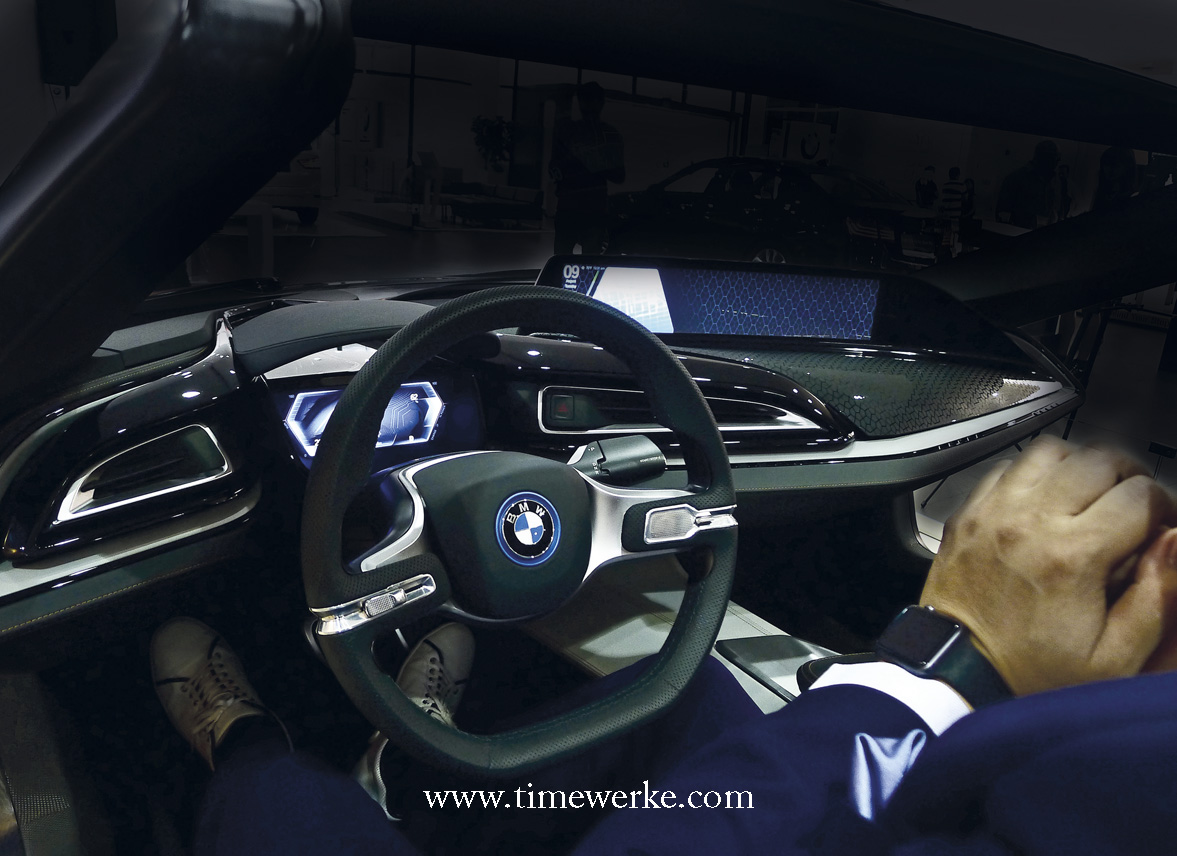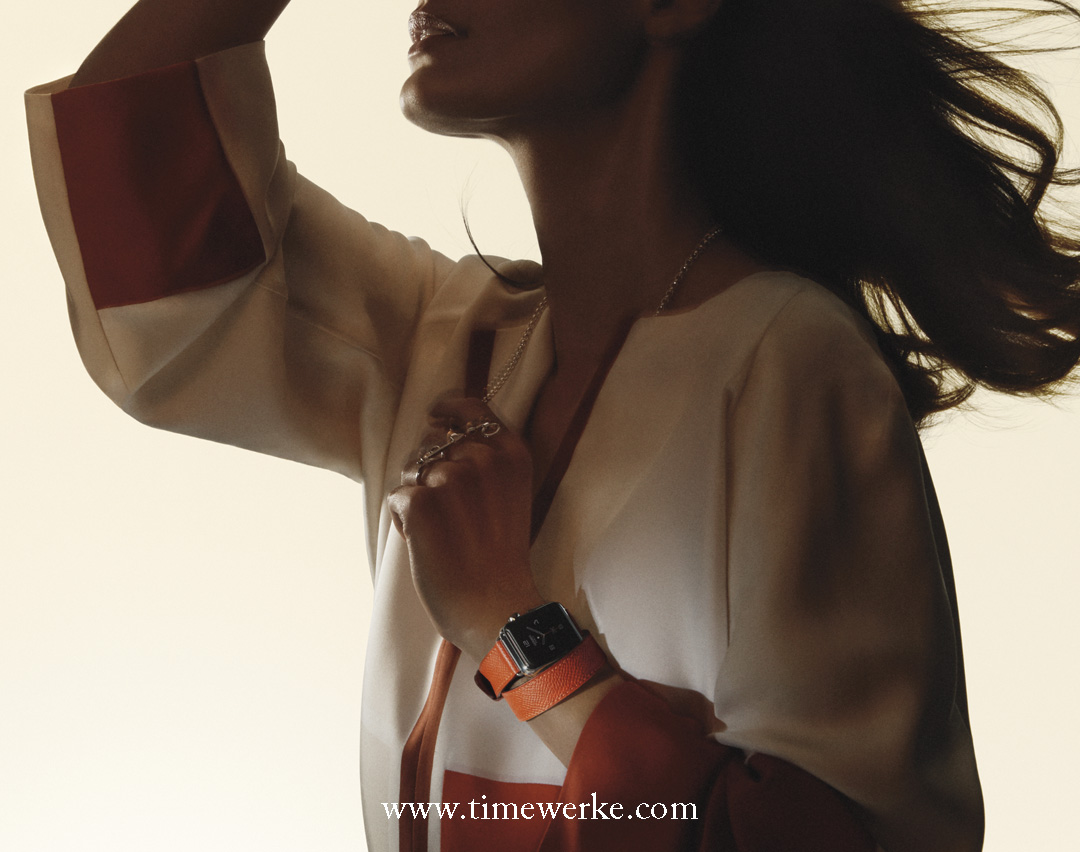What are some of the business threats facing the Swiss watch industry?
According to the Deloitte Swiss Watch Industry 2015 report titled Uncertain times, the top risk factors will be:
i. the strength of the Swiss franc;
ii. weaker foreign demand;
iii. weaker domestic demand;
iv. the shortage of qualified labour; and
v. smartwatches.
The annual report, the fourth Deloitte Watch Industry Study, was based on online surveys and discussions with executives including a consumer survey conducted among 3,000 people in China, France, Italy, Japan, Switzerland and the United States by data collection provider Research Now.
The online survey with executives was conducted between May and July 2015, and a total of 51 watch executives participated.
The five major risk factors remain relevant today. What was interesting was the growing competitive threat from smartwatches.
In 2014, only around one in ten (11%) expected smartwatches to be a business threat.
This changed in 2015 when one in four respondents (25%) expected smartwatches to be a threat. This is a significant jump over a period of one year.
According to the Deloitte report, “The release of the Apple watch marked the beginning of a new era for the smartwatches industry. Even though the Apple watch is still a first generation product and not revolutionising the genre, it is positioned as a fashion accessory, a feature that other smartwatches have lacked.
“The presentation late 2015 of the Apple Watch Hermès, equipped with high-end leather bands and a dedicated Hermès dial, and sold in Apple and Hermès stores confirms this positioning.
“Opinions are unanimous that the built quality and upmarket finishes of the Apple watch are unrivalled by other smartwatches currently on offer.”

The Apple Watch Hermès comes with different colours of Epsom calfskin in single or double tour (turn) bands. The Apple Watch Hermès is available online and at select Apple retail shops, Hermes stores, specialty stores and departmental stores. The bands are priced at EUR350 for the simple tour, EUR500 for the double tour and EUR750 for the cuff.Photo: © Hermès
The Deloitte report further adds that Apple’s major competitors such as Samsung, LG, Motorola and Sony, among others, have already reacted with new models bearing upmarket finishes and which are closer to traditional watchmaking codes by adopting a round form factor.
Swiss watch brands that have already developed their own smartwatches include Frederique Constant, TAG Heuer and Breitling.
Frederique Constant has made public that in 2015, it shipped more than 16,000 of its Horological Smartwatches, adding that it was, “… more than any other Swiss watch manufacture.”
As for the impact made by Apple and other smartwatch makers on the Swiss watch industry, it is still uncertain, states Deloitte.
The markets which favour smartwatches most are China and Italy. More than 60% of the respondents to the Deloitte survey in China said they intended to buy a smartwatch (within the next 12 months then) while it was 48% for the Italian market.
What is worth noting is that the markets with the least “likes” were Japan and Switzerland. More than 60% of the respondents in Japan and Switzerland said they were unlikely to buy a smartwatch (within the next 12 months).
The main reason why respondents were unlikely to buy smartwatches was because they deem such products as expensive.
As for the most important feature in a smartwatch, it is about having a long battery life.

BMW’s i Vision Future Interaction Concept Car will allow drivers and passengers to view content shown in the vehicle’s central panorama display from BMW’s Open Mobility Cloud using the BMW Connected App on their smartphones and other digital end devices. Could the smartwatch be a possibility? Here, we could not help but notice the smartwatch which is probably an Apple watch on Harry Sze’s wrists. Harry Sze is Creative Director, Automotive at Designworks and is based in Shanghai, China. Designworks is part of the BMW Group. Photo: TANG Portfolio. 2016.
These are findings which remain relevant today and another sector that may perhaps drive demand for smartwatches is the automobile industry.
For example, BMW’s i Vision Future Interaction Concept Car will allow drivers and passengers to view content shown in the vehicle’s central panorama display from BMW’s Open Mobility Cloud using the BMW Connected App on their smartphones and other digital end devices.
Could the smartwatch be one of the “other digital end devices”? Most possibly.
However, for horological purists, the ultimate smartwatch will always be a mechanical watch movement.
Smart mechanical machines that can “tell the future” include the perpetual calendar and can provide accurate moon phase displays.
Others will be mechanical marvels that can sound the present time and these will be repeaters and Grande Sonneries.
Note:
This article was first published in TimeWerke – The Smile Edition.

